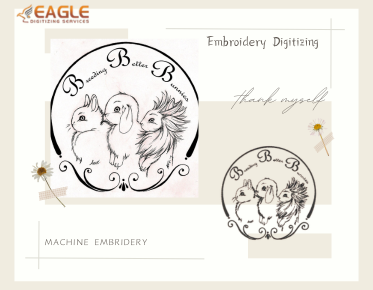What Kind of Light is Best to Use When Screen Printing?
When it comes to screen printing, choosing the right type of light plays a crucial role in achieving precise and high-quality results. The light source impacts the exposure process, which in turn affects the details and sharpness of the printed design. Understanding the characteristics of different light types and their implications in screen printing can make the difference between a good print and a great one.
Understanding the Role of Light in Screen Printing
Screen printing is an intricate process that involves creating a stencil and using it to apply layers of ink on a substrate. The exposure unit, which uses light to harden the emulsion coating on the screen, is fundamental to this process. This light source must be of the right intensity and wavelength to ensure that the emulsion cures correctly, creating a sharp and clean screen stencil.
Different Types of Light Sources
There are several types of light sources used in screen printing exposure units, each with its advantages and disadvantages:
Fluorescent Lights
Fluorescent lights are often used in entry-level screen printing setups. They are energy-efficient and inexpensive but may fall short in terms of the precision they offer. They work best for simple designs and are less effective for intricate details due to their lower intensity compared to other light sources.
Halogen Lights
Halogen lights can be a better option than fluorescent lights when it comes to achieving finer details. They produce more heat and intense light, making them suitable for mid-level setups. However, they might still not be the best choice for extremely detailed work, as they might not provide the exact wavelengths needed for optimal emulsion exposure.
Metal Halide Lights
For those looking for professional-grade results, metal halide lights are often considered the gold standard in screen printing. They produce a strong UV light that significantly enhances the sharpness and quality of the print. They offer excellent exposure speed and ensure detailed precision, especially when handling complex designs. Their high-intensity UV light perfectly matches the sensitizers found in most emulsions, providing a thorough and quicker exposure.
While metal halide lights might have a higher initial cost and consume more power, their long-term benefits, including consistency and reliability in exposure, are worthwhile for serious professional operations.
LED Lights
LED technology is rapidly advancing in the screen printing industry. LED lights are energy-efficient, durable, and produce a consistent light output. They have a longer lifespan compared to other light sources, which makes them a smart investment in the long run. The UV LEDs provide focused wavelengths that work efficiently with emulsion coating, ensuring excellent precision and detail. Due to their efficiency and newer technology, they are increasingly being adopted in modern screen printing setups.
The Importance of Correct Wavelengths
The emulsion used in screen printing is typically sensitive to ultraviolet (UV) light. Therefore, light sources that emit UV rays are most effective for the curing process. Each emulsion has its sensitivity range, and matching your light source to this range is essential for optimal exposure. Always consult the emulsion manufacturer's specifications to ensure compatibility with your light system.
Balancing Cost and Quality
Choosing a light source involves balancing cost with the desired quality of the screen printing output. For beginners or small outfits, fluorescent and basic halogen setups might suffice. However, as your business or production demands grow, investing in higher-end systems like metal halide or LED can bring significant enhancements in quality and efficiency.
Eagle Digitizing's Role in Screen Printing
For those seeking support in vector artwork preparation for screen printing, Eagle Digitizing offers a range of services that ensure your designs are converted to precise, scalable vector formats. Their services include raster to vector conversion, vector tracing, and more, providing clean, high-quality vectors that enhance screen printing results. This expertise is invaluable in ensuring that your artwork maintains its integrity during the complex screen printing process.
Final Thoughts
Choosing the right light for screen printing is a critical decision that affects the clarity and accuracy of your final product. Whether you're operating a small business or a large-scale production line, having the right light source tailored to your needs can dramatically improve your output. Consider the pros and cons of each light type, factoring in energy efficiency, precision, and compatibility with your emulsion. As advances in technology unfold, particularly in the realms of LED, the landscape of screen printing is poised for exciting developments that promise even more opportunities for innovation and refinement in the craft.



